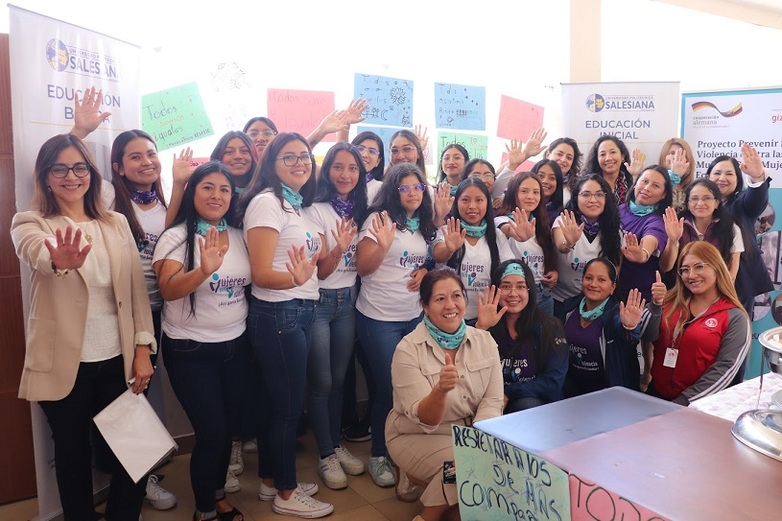Preventing violence against women
Prevention of Violence against Women III (PreViMujer III) in Ecuador
-
Client
German Federal Ministry for Economic Cooperation and Development (BMZ)
-
Country
-
Political sponsors
More
-
Runtime
2025 to 2027
-
Products and expertise
Governance and democracy
Context
Violence against women is a human rights violation and a serious social, economic and public health problem. In Ecuador, almost two-thirds of women are affected by gender-based violence (National Institute of Statistics and Census, 2019).
Ecuador enacted the Comprehensive Organic Law to Prevent and Eradicate Violence against Women (LOIV) in 2018. The country has also ratified international and regional conventions to combat violence against women. However, implementing the legal requirements still poses an immense challenge.
 © GIZ
© GIZObjective
Legal requirements to prevent violence against women are implemented by state and civil society actors at the national and local level in Ecuador.
 © GIZ
© GIZApproach
The project advises the Ecuadorian Ministry for Women and Human Rights and other important stakeholders involved in the National System for the Prevention and Eradication of Violence against Women (SNPEVM) established under the LOIV. It facilitates institutional coordination in implementing the legal requirements for the prevention of violence against women.
At local authority level, the project focuses on providing technical support and strengthening the capacities of state and civil society actors. This enables them to include the prevention of violence against women in the planning and implementation of their activities. The project documents and distributes successful approaches in a guideline for local planning.
The project also supports educational institutions, such as schools and universities, with the implementation of comprehensive concepts for the prevention of violence against women. It works to enhance skills so that innovative measures tailored to local needs can be implemented, for example activities adapted to indigenous languages and cultures, involving children, young people and parents.
Last updated: December 2024








